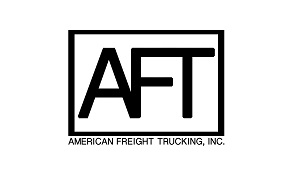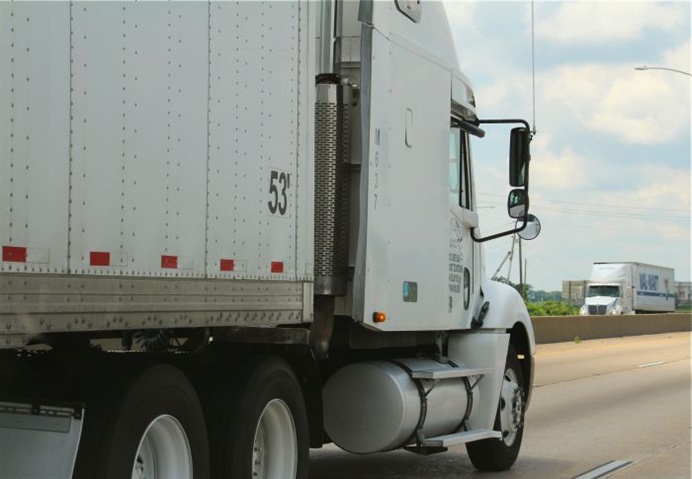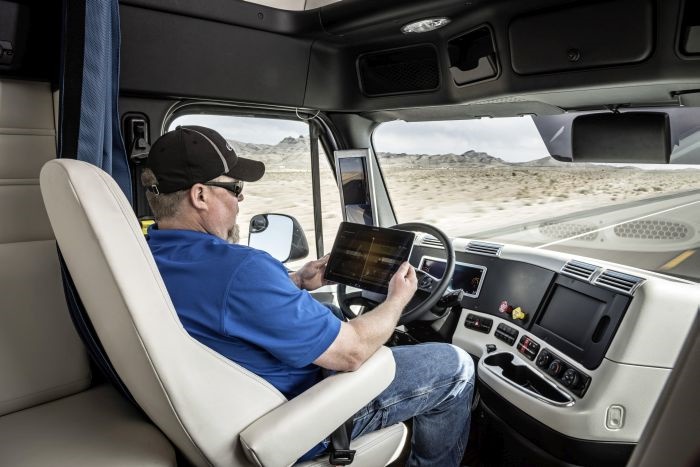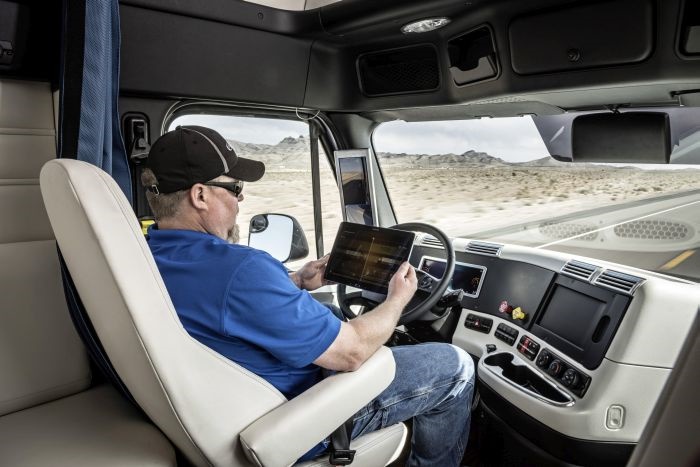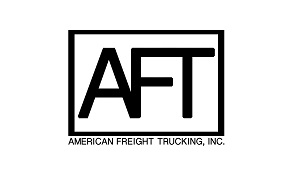Class 8 truck order numbers have hit a 4-year low, with demand remaining depressed so far in 2016, according to preliminary numbers released by ACT Research and FTR.
“The Class 8 market is stuck in a holding pattern, at the bottom end of this cycle. Fleets are cautious as freight demand has cooled off this year,” said Don Ake, vice president of commercial vehicles at FTR. “There are enough trucks to handle freight right now with carriers in a wait-and-see mode, before adding trucks or replacing older units.”
FTR projects Class 8 truck orders for the month of 13,000 units. That represents an 8% drop compared to May and a 34% decline compared to last June.
This month's order activity was the lowest monthly total since July 2012 and the worst June since 2009.
“This is what the summer looks like in a market down cycle, so we can expect this level of activity for a couple more months,” said Ake. “We do anticipate higher orders later this year. However, the volume of orders will be determined by the strength of the economy and freight activity at that time.”
Class 5-7 medium-duty vehicle orders also fell in June and are projected to hit 15,200 orders for the month, according to ACT Research. Unlike Class 8, which has struggled to get going in 2016, the drop in medium-duty orders was attributed to the strength of the market in previous months.
“The pull-back of the past two months follows a three-month stretch from February to April in which medium duty orders were booked at a volume well ahead of demand,” said Kenny Vieth, ACT's president and senior analyst.
Related: It's Wait and See for Fleets in 2016
Follow @HDTrucking on Twitter


